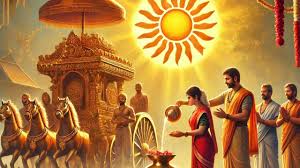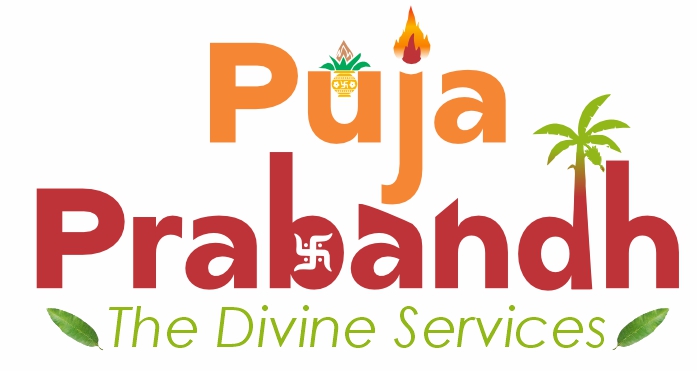
Rathasapthami Surya Puja is a highly revered Hindu ritual dedicated to Lord Surya (the Sun God), observed on the seventh day (Saptami) of the bright fortnight (Shukla Paksha) in the month of Magha (January–February). It marks the symbolic birth of Surya Bhagavan and his rising influence in the northern hemisphere. This day is also known as Surya Jayanti, and it holds special spiritual and astrological significance.
The word “Ratha Saptami” translates to “the seventh day of the chariot”, signifying the Sun God’s celestial journey across the sky in his divine seven-horse chariot, driven by Aruna, his charioteer. This symbolizes the Sun’s movement toward the northern hemisphere (Uttarayana) and the dispelling of darkness and ignorance.
Devotees begin the day with a ritual bath before sunrise, often placing seven arka (Jilledu) leaves on the head and body, symbolizing purification of the soul and body. After the bath, Surya Puja is performed facing east, offering Arghya (water) to the rising sun, along with red flowers, sandalwood, incense, and naivedyam such as jaggery, rice, and fruits.
Chanting of Aditya Hridayam, Surya Ashtakam, or Gayatri Mantra is done to invoke the blessings of Lord Surya for good health, wisdom, vitality, and prosperity. Temples dedicated to Surya, like the Konark Sun Temple in Odisha or Arasavalli Surya Temple in Andhra Pradesh, conduct special pujas and processions.
It is believed that performing Rathasapthami Puja with devotion removes past karmas, cures diseases, and ensures a long, prosperous life. In many regions, rangoli of a chariot is drawn in front of homes to symbolize the Sun’s chariot.

